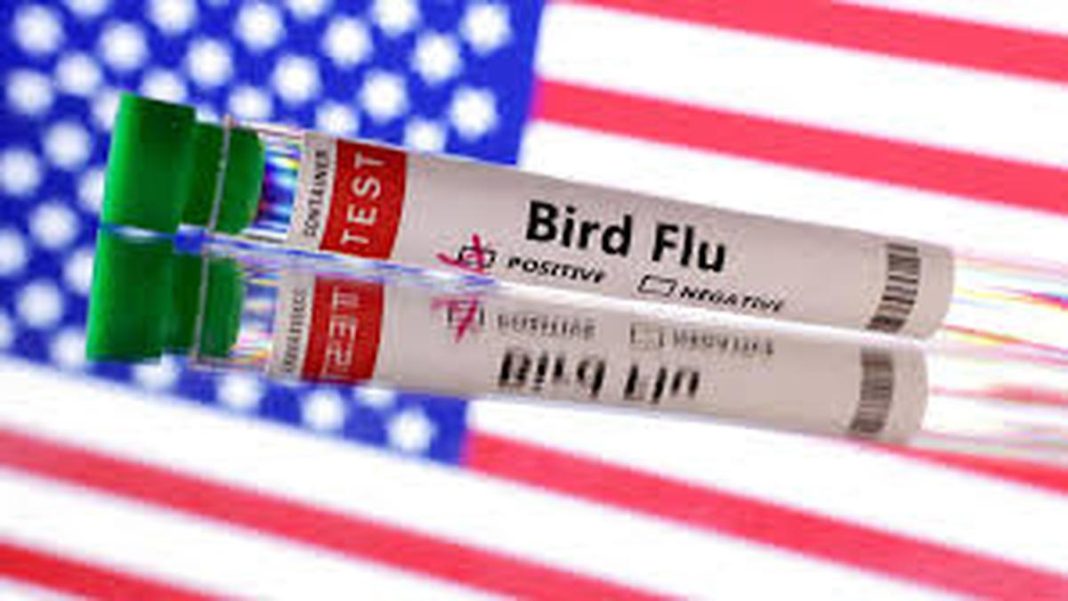Key Takeaways
- First human H5N5 bird flu case confirmed in Washington State
- Patient is an older adult with underlying conditions, currently hospitalized
- Health officials say risk level similar to H5N1, no increased public health threat
- Infection likely came from backyard poultry exposed to wild birds
A Washington State resident has been confirmed as the first known human case of H5N5 bird flu, marking the nation’s first human bird flu infection since February 2025. The older adult patient, who has underlying health conditions, remains hospitalized according to state health officials.
This represents the first documented human infection with the H5N5 bird flu virus strain. Health authorities confirmed the case on November 15, 2025, following a preliminary diagnosis announced the previous day.
Risk Assessment: Similar to H5N1
Health officials emphasize that H5N5 does not appear to pose a greater threat to human health than the H5N1 virus, which caused approximately 70 human infections in the U.S. during 2024-2025. Most previous cases were mild illnesses among dairy and poultry farm workers.
“These viruses behave similarly,” said Richard Webby, a prominent flu researcher at St. Jude Children’s Research Hospital. “My gut instinct is to consider it the same as H5N1 from a human health perspective.”
The Centers for Disease Control and Prevention stated that current information doesn’t suggest “the risk to public health has increased as a result of this case.” The agency is awaiting a specimen from Washington for additional testing.
Understanding the Viral Difference
The distinction between H5N5 and H5N1 lies in a protein that helps the virus release from infected cells and spread to surrounding cells.
“Think along the lines of different brands of car tires. They both do the same job, it’s just each is better tuned for specific conditions, which we don’t fully understand,” Webby explained via email.
He added that H5N5 may have different preferences for which bird species it most readily infects.
Source of Infection
The Grays Harbor County resident, who hasn’t been publicly identified, maintained a backyard flock of domestic poultry that had been exposed to wild birds. Health officials believe the domestic poultry or wild birds are the most likely infection source, though the investigation continues.




